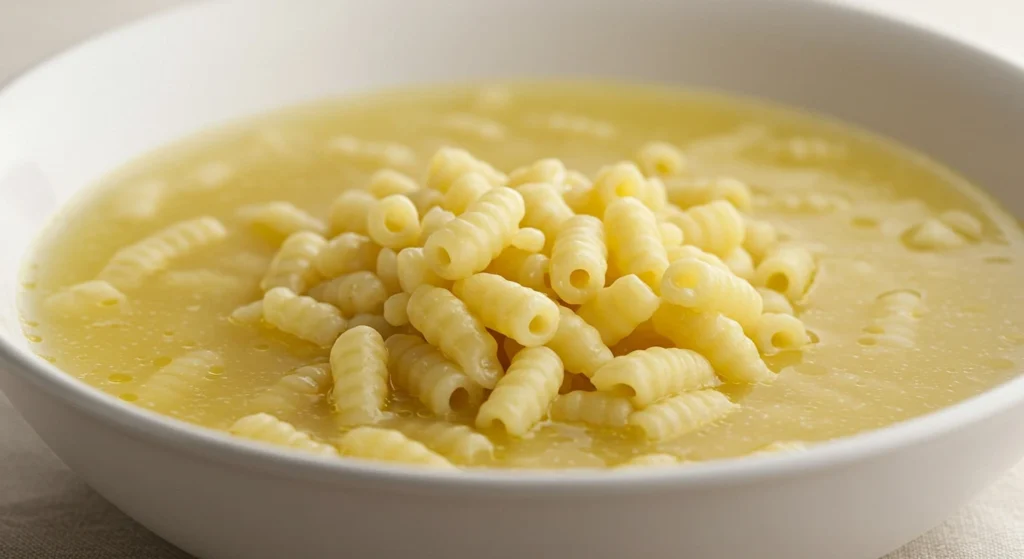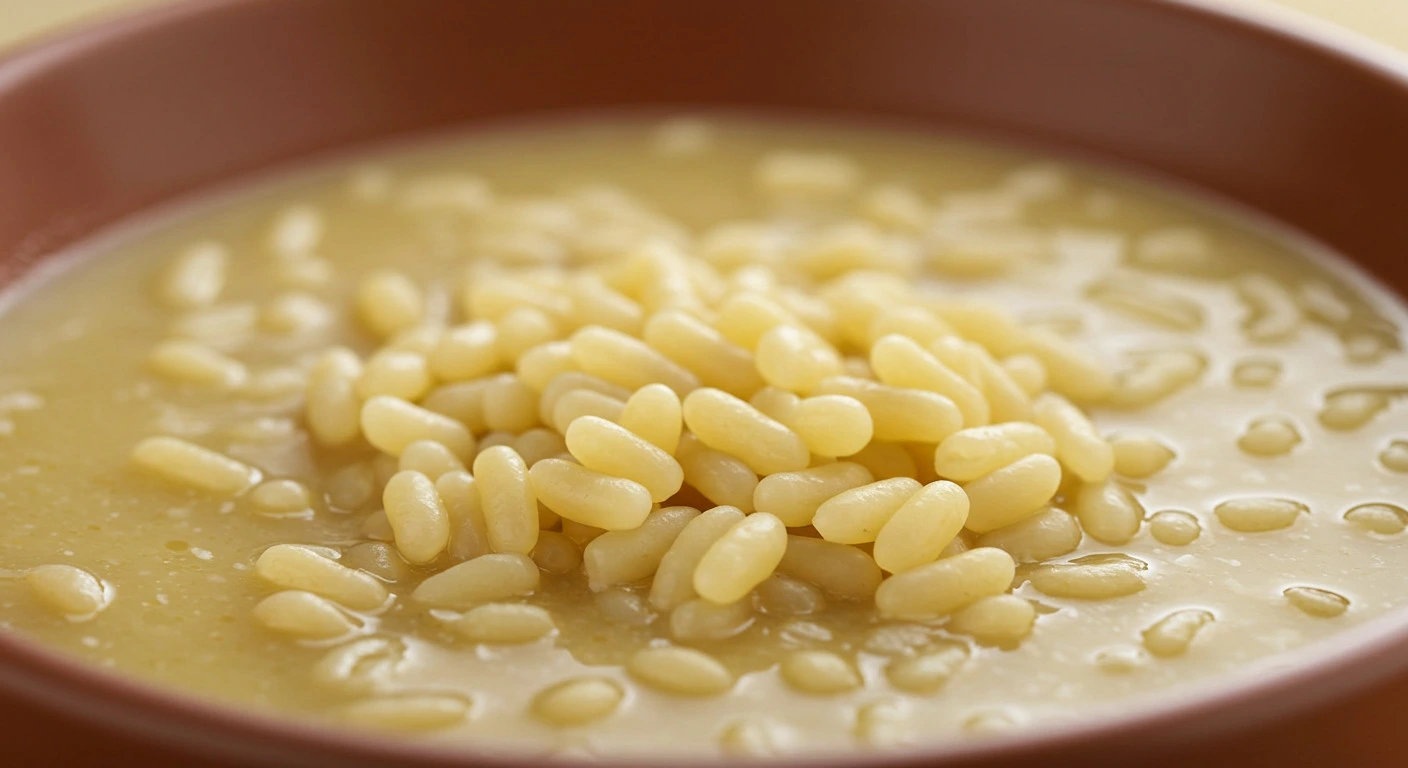Introduction :Is pepe pasta the same as pastina
Is pepe pasta the same as pastina? This is a common question for pasta enthusiasts and home cooks alike. While both are small, versatile pasta shapes, they are not identical. Understanding the differences between these two can help you choose the right ingredient for your recipes and elevate your culinary creations. In this article, we’ll explore the key distinctions, similarities, and uses of pepe pasta and pastina, along with answers to frequently asked questions.
What Is Pepe Pasta?:Is pepe pasta the same as pastina
Pepe pasta, often referred to as acini di pepe, is a tiny, round pasta shape that resembles peppercorns, which is where it gets its name. It’s commonly used in soups, salads, and desserts due to its small size and ability to absorb flavors. Acini di pepe is a staple in Italian cuisine and is particularly popular in dishes like Italian wedding soup.
Key Characteristics of Pepe Pasta
- Size: Very small, about 1-2 millimeters in diameter.
- Shape: Round and grain-like.
- Texture: Smooth and firm when cooked al dente.
- Uses: Ideal for soups, broths, and cold salads.
What Is Pastina?
Pastina, which translates to “little pasta,” is a category of small pasta shapes rather than a single type. It includes various forms like stelline (stars), risoni (rice-shaped pasta), and even acini di pepe. Pastina is often associated with comfort food, especially in dishes for children or those recovering from illness, as it’s easy to digest and can be cooked in broths.
Key Characteristics of Pastina
- Size: Small, but shapes can vary.
- Shape: Can include stars, rice shapes, or tiny tubes.
- Texture: Soft and tender when cooked.
- Uses: Perfect for simple broths, casseroles, and creamy dishes.
Is Pepe Pasta the Same as Pastina?
While pepe pasta (acini di pepe) is a type of pastina, not all pastina is pepe pasta. Pastina is a broader term that encompasses a variety of small pasta shapes, including acini di pepe. Therefore, pepe pasta can be considered a subset of pastina, but they are not interchangeable in every context.
Key Differences
- Shape: Pepe pasta is uniformly round, while pastina can come in various shapes.
- Usage: Pepe pasta is often used in specific recipes like Italian wedding soup, whereas pastina is more versatile.
- Texture: Pastina tends to be softer, making it ideal for broths, while pepe pasta retains a slightly firmer texture.
Can I Use Acini di Pepe Instead of Pastina?
Yes, you can use acini di pepe instead of pastina in most recipes, especially if the dish calls for a small, round pasta. However, keep in mind that the texture and appearance might differ slightly depending on the specific pastina shape the recipe originally intended.
What Pasta Is Similar to Pastina?
If you can’t find pastina, several alternatives work well:
- Orzo: Rice-shaped pasta that’s slightly larger.
- Stelline: Tiny star-shaped pasta.
- Risoni: Also known as orzo, it’s a great substitute for pastina in soups and salads.
What Is Another Name for Pastina?
Pastina is often referred to as “little pasta” or “baby pasta.” Specific shapes within the pastina category have their own names, such as acini di pepe, stelline, or risoni.
What Pasta Brand Discontinued Pastina?
Some brands have discontinued specific pastina shapes due to changes in consumer demand or production challenges. For example, Barilla once discontinued its stelline pastina, but it remains available from other brands like De Cecco or store brands.
How to Cook Pepe Pasta and Pastina Perfectly
Is pepe pasta the same as pastina when it comes to cooking methods? While both are small and cook quickly, there are slight differences in how you might prepare them.
Cooking Pepe Pasta
- Boiling Time: Pepe pasta (acini di pepe) typically cooks in 5-7 minutes.
- Water Ratio: Use 4 cups of water for every cup of pasta to prevent sticking.
- Uses: Perfect for soups like Italian wedding soup or cold pasta salads.
Cooking Pastina
- Boiling Time: Pastina cooks even faster, usually in 4-6 minutes, depending on the shape.
- Broth-Based Cooking: Pastina is often cooked directly in broth for added flavor, especially in comfort dishes.
- Uses: Ideal for simple broths, casseroles, or creamy dishes.
While the cooking process for pepe pasta and pastina is similar, pastina’s versatility allows it to shine in a wider range of recipes.
Popular Recipes Featuring Pepe Pasta and Pastina
Is pepe pasta the same as pastina in recipes? Not exactly, but both can be used in a variety of delicious dishes. Here are some popular ideas:
Pepe Pasta Recipes
- Italian Wedding Soup: A classic dish featuring acini di pepe, meatballs, and leafy greens.
- Cold Pasta Salad: Mix pepe pasta with fresh vegetables, olive oil, and herbs for a refreshing side dish.
- Dessert Puddings: In some cultures, acini di pepe is used in sweet dishes like rice pudding alternatives.
Pastina Recipes
- Pastina in Broth: A simple, comforting dish made by cooking pastina in chicken or vegetable broth.
- Pastina Casserole: Combine pastina with cheese, eggs, and breadcrumbs for a baked delight.
- Creamy Pastina: Cook pastina in milk or cream for a rich, kid-friendly meal.
These recipes highlight the unique strengths of pepe pasta and pastina, showing how they can be used interchangeably in some cases but excel in specific dishes.
Health Benefits and Nutritional Comparison
Is pepe pasta the same as pastina when it comes to nutrition? Both are made from similar ingredients, but their nutritional profiles can vary slightly based on shape and cooking methods.
Nutritional Breakdown
- Calories: Both pepe pasta and pastina contain around 200 calories per cooked cup.
- Carbohydrates: They are primarily carb-based, providing energy for the body.
- Protein and Fiber: Minimal amounts, but pairing them with protein-rich ingredients like beans or meat can create a balanced meal.
Health Benefits
- Easy to Digest: Both pastina and pepe pasta are gentle on the stomach, making them ideal for children or those recovering from illness.
- Versatile Base: They can be paired with nutrient-rich ingredients like vegetables, lean proteins, and healthy fats.
- Comfort Food: Their soft texture and mild flavor make them a go-to for comforting, stress-free meals.
While pepe pasta and pastina are nutritionally similar, their health benefits largely depend on how they’re prepared and served.

FAQ:Is pepe pasta the same as pastina
Can I use acini di pepe instead of pastina?
Yes, acini di pepe can be used as a substitute for pastina in most recipes, though the texture and appearance may vary slightly.
What pasta is similar to pastina?
Orzo, stelline, and risoni are excellent alternatives to pastina, depending on the recipe.
What is another name for pastina?
Pastina is also known as “little pasta” or “baby pasta,” with specific shapes like acini di pepe or stelline falling under this category.
What pasta brand discontinued pastina?
Some brands, like Barilla, have discontinued specific pastina shapes, but alternatives are available from other manufacturers.
Conclusion:Is pepe pasta the same as pastina
So, is pepe pasta the same as pastina? While they share similarities as small, versatile pasta shapes, they are not identical. Pepe pasta, or acini di pepe, is a specific type of pastina with a round, grain-like shape, while pastina encompasses a variety of tiny pasta forms like stelline and risoni. Both are excellent for soups, salads, and comforting dishes, but their unique textures and shapes make them better suited for specific recipes.
Whether you’re cooking with pepe pasta or pastina, understanding their differences and similarities can help you make the most of these delightful ingredients. From Italian wedding soup to creamy pastina casseroles, these tiny pastas offer endless possibilities for delicious meals. So, the next time you’re at the store, you’ll know exactly which one to pick for your culinary creations!

